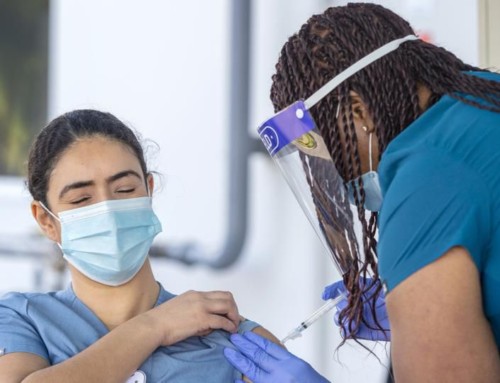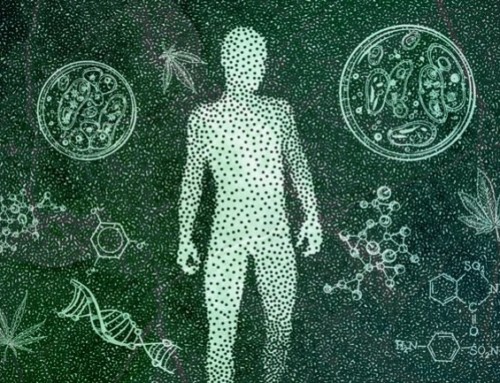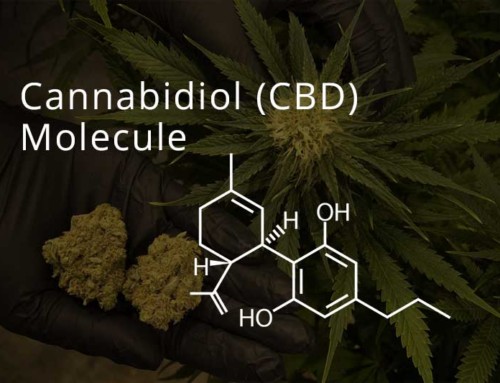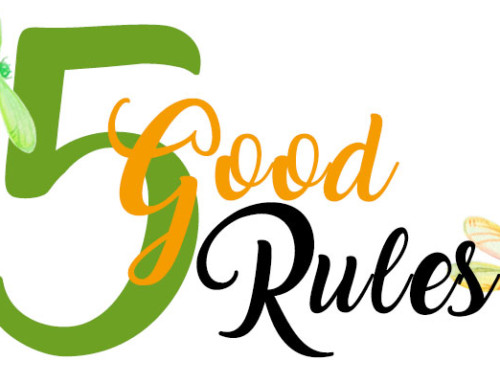Cannabis for “Mood Disorders”
– A Brief Introduction

The first principal of healing with cannabinoids is the fundamental truth of how all herbs heal, and have healed, for thousands of years. One way to understand this is to recognize that the labels created, some would argue “artificially”, to identify a range of “conditions” or “mood disorders” from bi-polar to schizophrenia, and including ADHD (Attention Deficit Hyperactivity Disorder), ODD (Oppositional Defiant Disorder), as well as PTSD (Post-Traumatic Stress Disorder) and TBI (Traumatic Brain Injury) are not useful*. And they are certainly not recognized by the plant world.
The bottom line is that cannabis, like all healing herbs, responds to the specific ways in which these “conditions” present, namely through anxiety, depression, insomnia, pain, and others. Cannabis simply doesn’t recognize words like bi-polar, schizophrenia, cancer, diabetes, autoimmune, arthritis, etc.
Cannabis, like all healing herbs (phytocannabinoids, as they come from plants) sends chemical compounds into the body to pair with the endocannabinoid system (endo for endogenously produced cannabinoids, in all mammals with a spine). It does so in a way that combines these chemical compounds (cannabinoids) together in what is known as the entourage effect (ECS). The ECS’ primary job is to restore homeostasis, which these various “conditions” reveal to be imbalanced. The endocannabinoid system recognizes, evaluates, and responds to this imbalance in a supremely scientific way.
The second principle is that neurological “imbalances” are very often rooted in inflammation. The most effective anti-inflammatory, without side effects, is CBD. Therefore, to benefit from the entourage effect, we combine low-dose THC with high-dose CBD, through the oral delivery system of tinctures, oils, and others, through the membrane of the mouth and into the bloodstream to achieve systemic, and root-level, healing.
The Basics: Cannabis successfully treats neurologically based conditions such as autism, bipolar, schizophrenia, ADHD, PTSD, epilepsy, MS, ALS, Parkinson’s and others.
Here are some highlights of scientific studies of relevance:
Mood disorders successfully treated with low ratio CBD:THC
There is a strong connection between stress, pain, and anxiety. Pain “blocks” THC receptors thereby creating an imbalance and losing the analgesic benefit of THC. Reducing pain allows those receptors to function toward healing by restoring balance.
.... researchers found that a single microdose of THC (0.002 mg/kg, 3–4 orders of magnitude lower than the standard dose for rodents) provides long-term neuroprotection in mice already suffering from acute neurological insults. When administered to old, healthy mice, the THC microdose was able to produce remarkable improvement in a wide range of cognitive functions, an improvement that lasted for weeks.
(Authors: Guy Shapira, Ifat Israel-Elgali, Meitar Grad, Eden Avnat, Lital Rachmany, Yosef Sarne, and Noam Shomron) Published July 18, 2023 Frontiers in Neuroscience "We only respond to cannabis because we are built with intrinsic compounds and receptors that can also be activated by compounds in the cannabis plant," — Dr. Yankel Gabet
(re CBD) “How could one family of molecules help so many maladies? … Many chronic disorders, even though they seem distinct, are characterized by dysfunction in the same few pathways. Inflammation and oxidative stress, for example, occur in schizophrenia, metabolic disorders, heart disease, and other ailments. The therapeutic magic of CBD and, in some cases, THC — and the more than 500 other cannabinoids in cannabis — may come from the ways that, by tweaking the endocannabinoid system, they push the body away from disease toward the unruffled state scientists call homeostasis.”
— NYT Health Issue (05/19/2019) The ABCs of CBD
Little CBD research until discovery of the CB receptors and the endocannabinoid system. In 1992, Dr. Raphael Mechoulam's lab isolated the first related endocannabinoid: a molecule that was ultimately classified as a CB1 receptor partial agonist.
CBD seems to interact with multiple systems: increasing the quantity of native cannabinoids in the human body; binding with serotonin receptors, part of the ‘feel good’ molecular machinery targeted by conventional S.S.R.I.s; and stimulating GABA receptors, responsible for calming the nervous system. With more than 65 cellular targets, CBD may provide a kind of full-body massage at the molecular level.
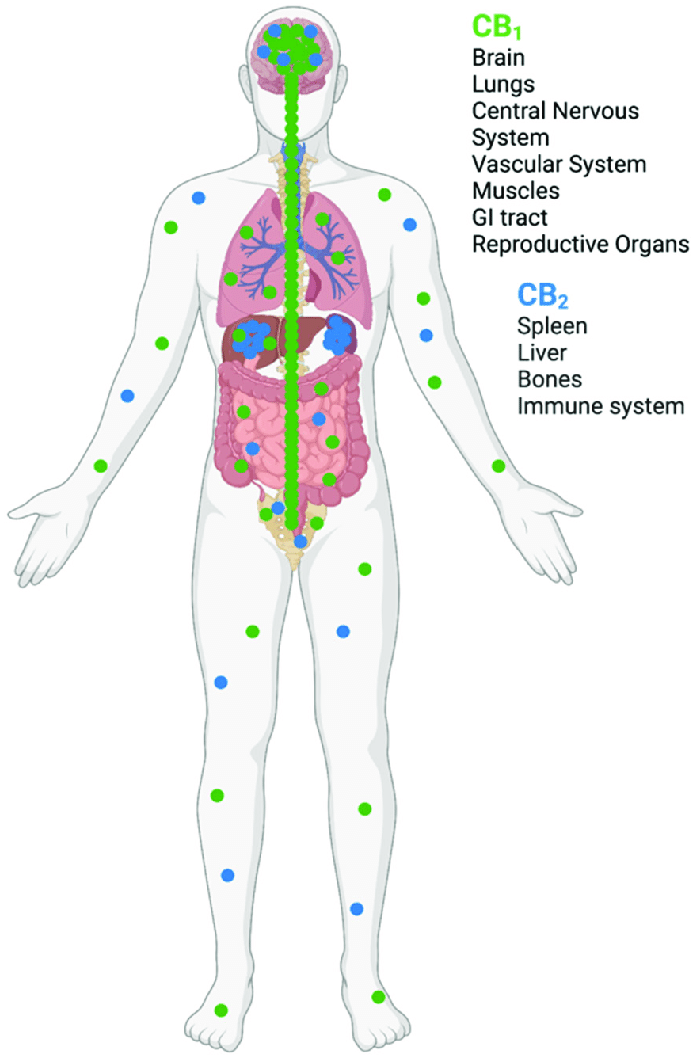
Location of CB1 and CB2 receptors
Basically, a combo of a low-dose THC and high-dose CBD tincture, preferably alcohol-based, can be used by swishing in the mouth for absorption through the oral mucosa to the bloodstream. This is a slow, gentle, and natural way of treating the symptoms expressed by a range of neurological conditions. Start with a low dose e.g. 2.5 mg THC, 2.5 mg CBD… dose based on how you feel. Increase the ratio of CBD to THC as needed and depending on what you are treating.
Contact Dragonfly for a personal consultation on your cannabis needs.
* An explanation of how these labels came to be created is described in the book, Anatomy of an Epidemic, by Robert Whitaker.

